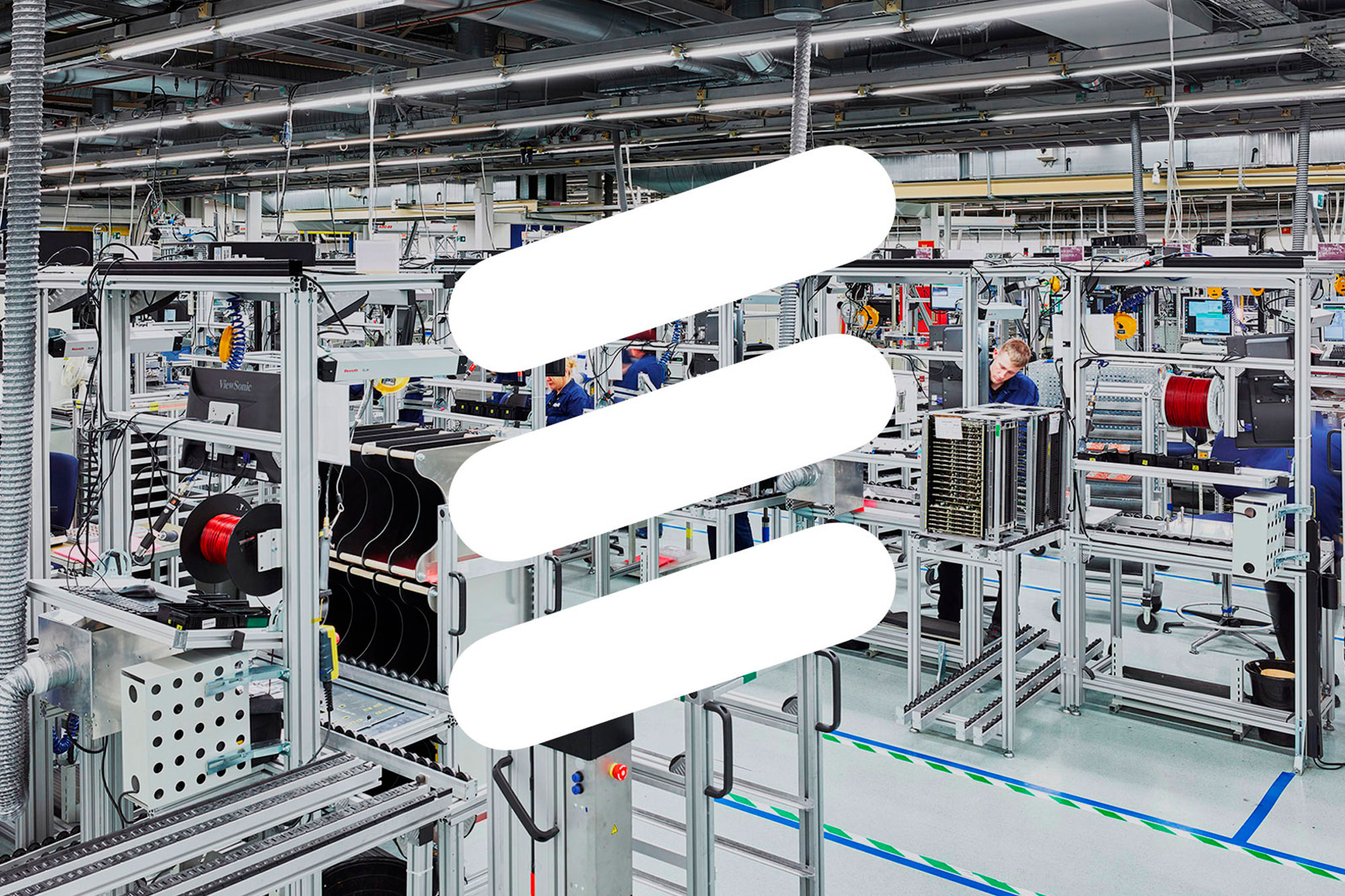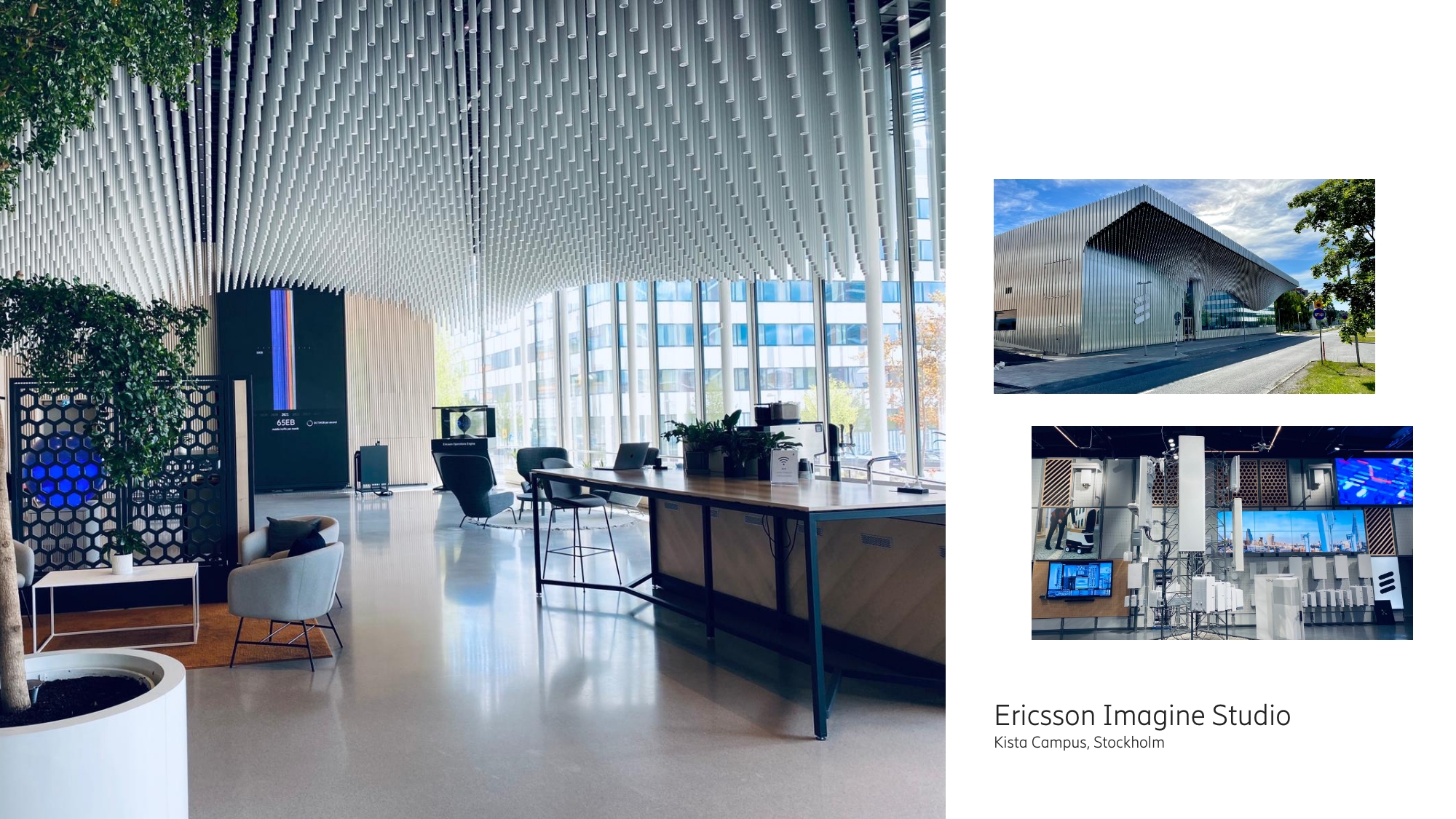
Working in a complex industry
For the latest 4 years, I have been involved in multidisciplinary duties as Senior UX experience designer, UX researcher, UI designer and explainer video creator.
I had been devoted to a vast variety of optimization projects, like for example the Ericsson Network Data Intelligence, Site hardware energy efficiency, IoT connectivity and the company end-to-end hiring journey.
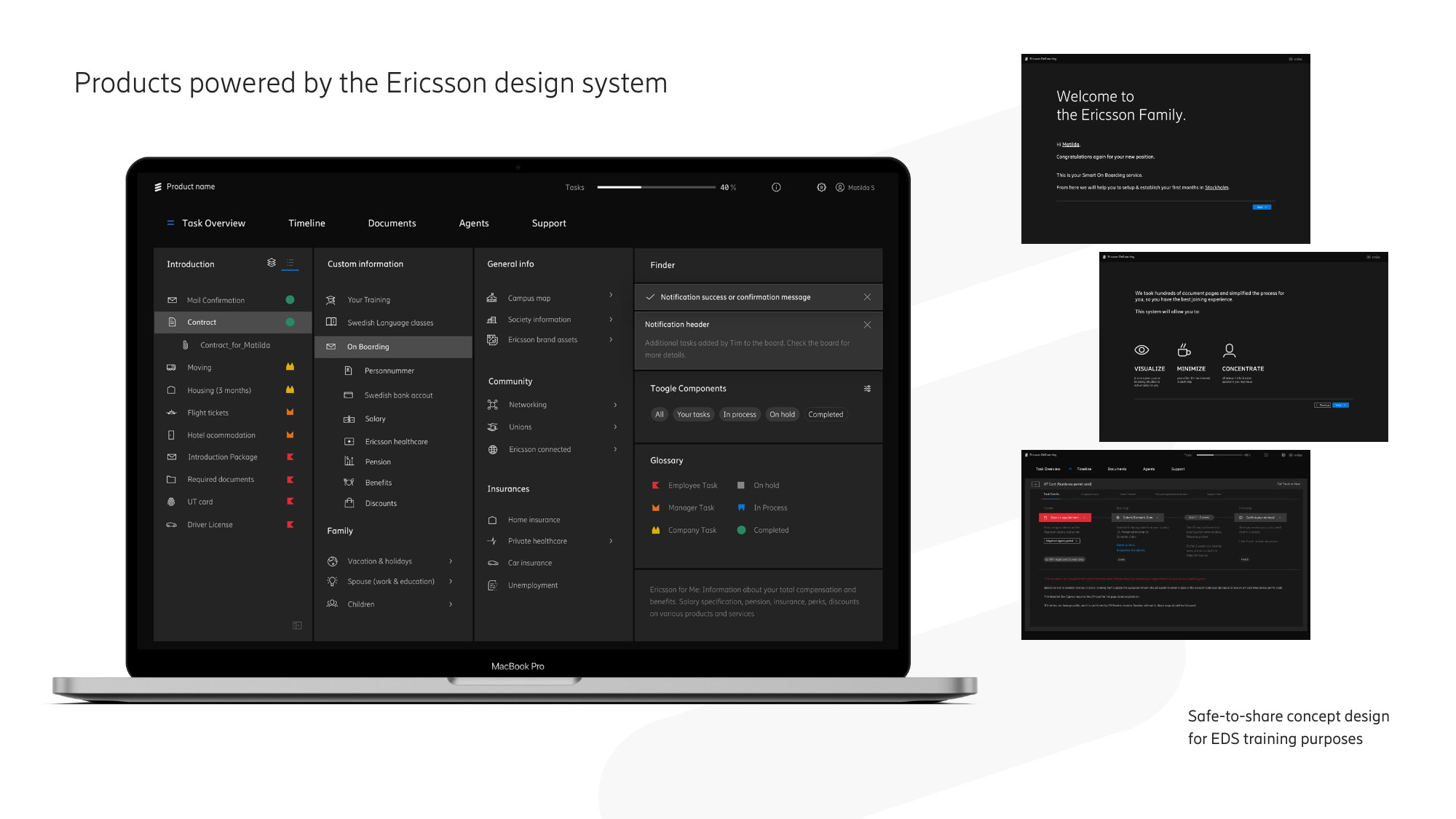
Adaptating to project needs
In the following screen you have real examples of 3 different project scopes based on specific requirements and budgets. For each one of them I had to adapt and impersonate sometimes as UX researcher and in other occasions I had to be more a UI designer since flows were clear and a fast UI prototype definition was the main core request. Due to this, I am whatever the project needs me to be, and my UX role can evolve and change depending on the project evolution.
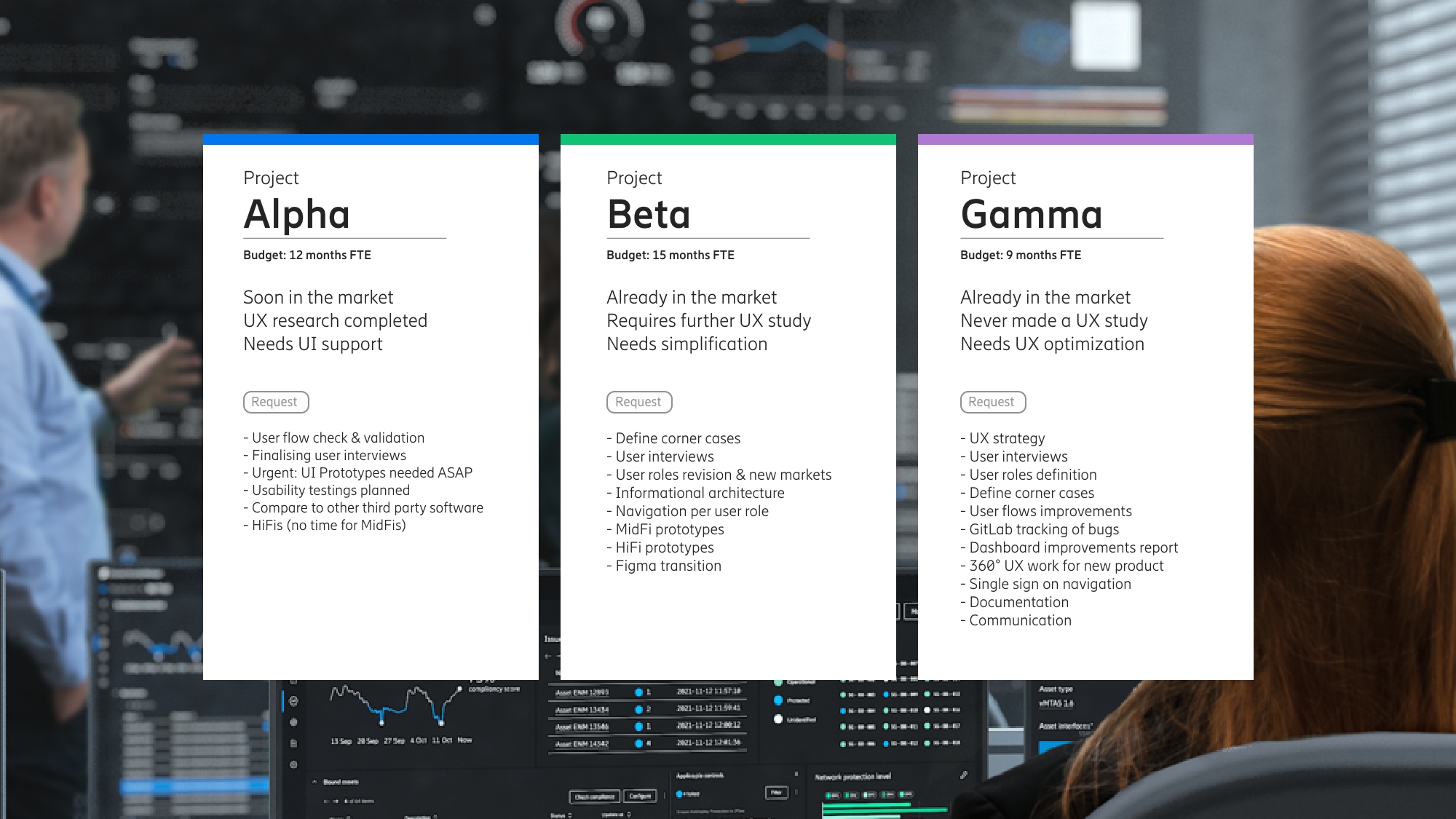
A vast UX toolset for complexity
At Ericsson there is an Official Design System that provides the logic and code for components whenever the product is ready for launch. But before that, for UX purposes in an earlier project phase, there is also a defined set of tools that provide a solid base to enroll the stakeholders in a proper UX research and analysis. Covering not only an initial project estimation and internal resource definition, but also providing guidelines about how to conduct proper customer research in order to provide clarity about user needs, user journeys based on roles, internal users, the relation among all agents involved and corner cases.
Below you can see examples of a full UX research and design definition. For data protection reasons, this screens have lower resolution and hided sections. But they provide the atmosphere of the daily fights at work: big data, challenging technical flows, complex user role categorization and hundreds of test screens until finding the final optimized solution.
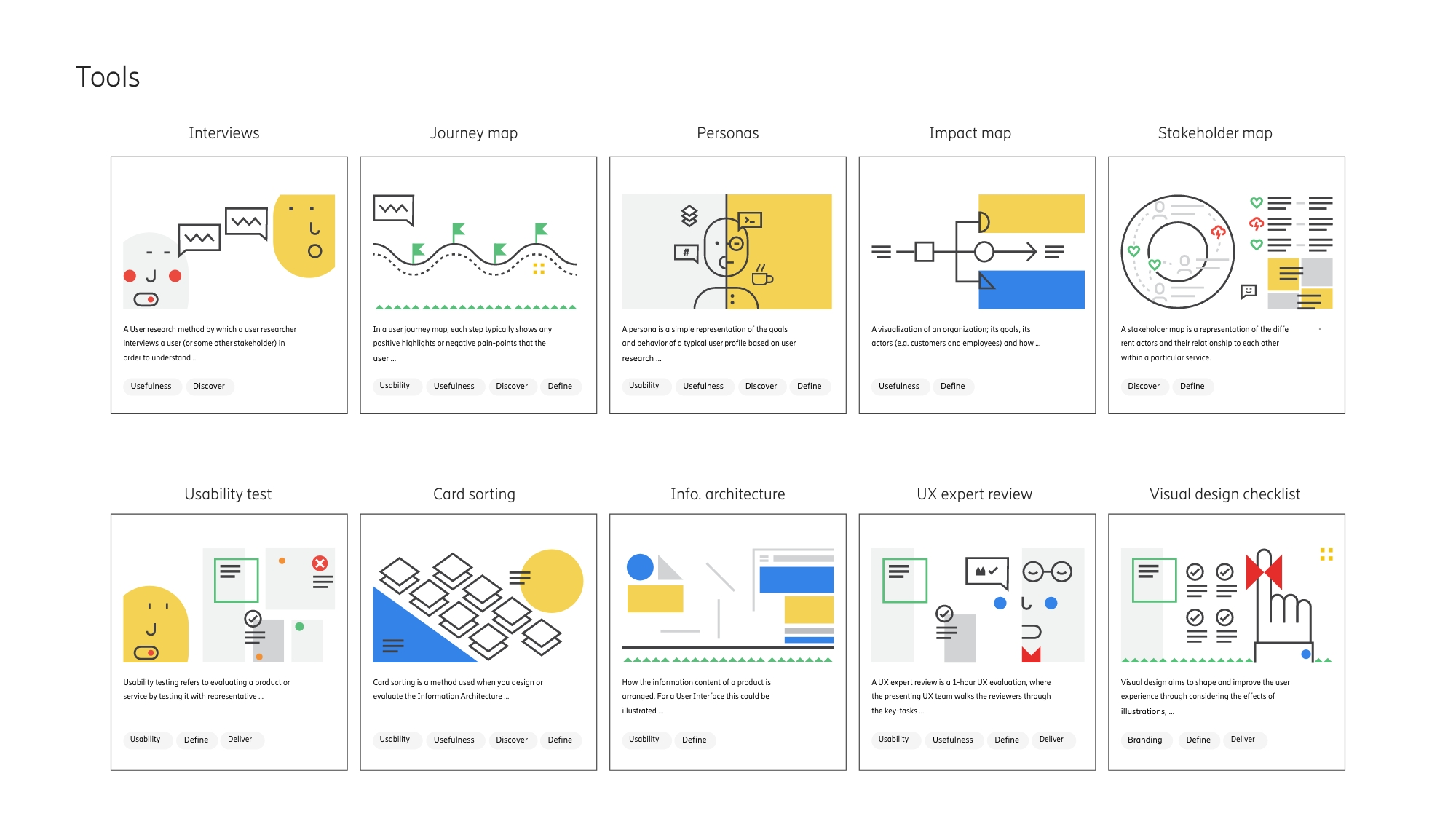
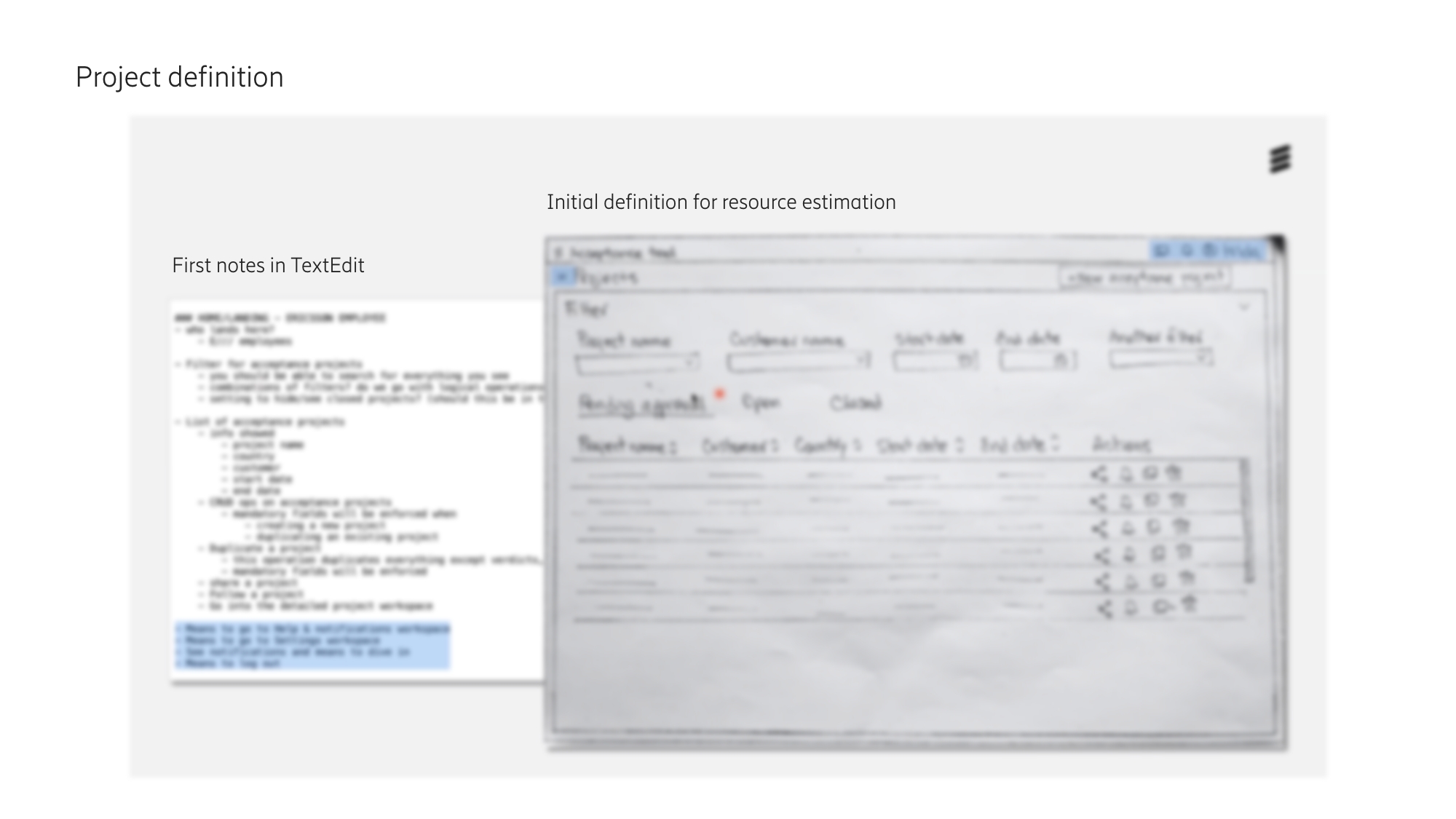
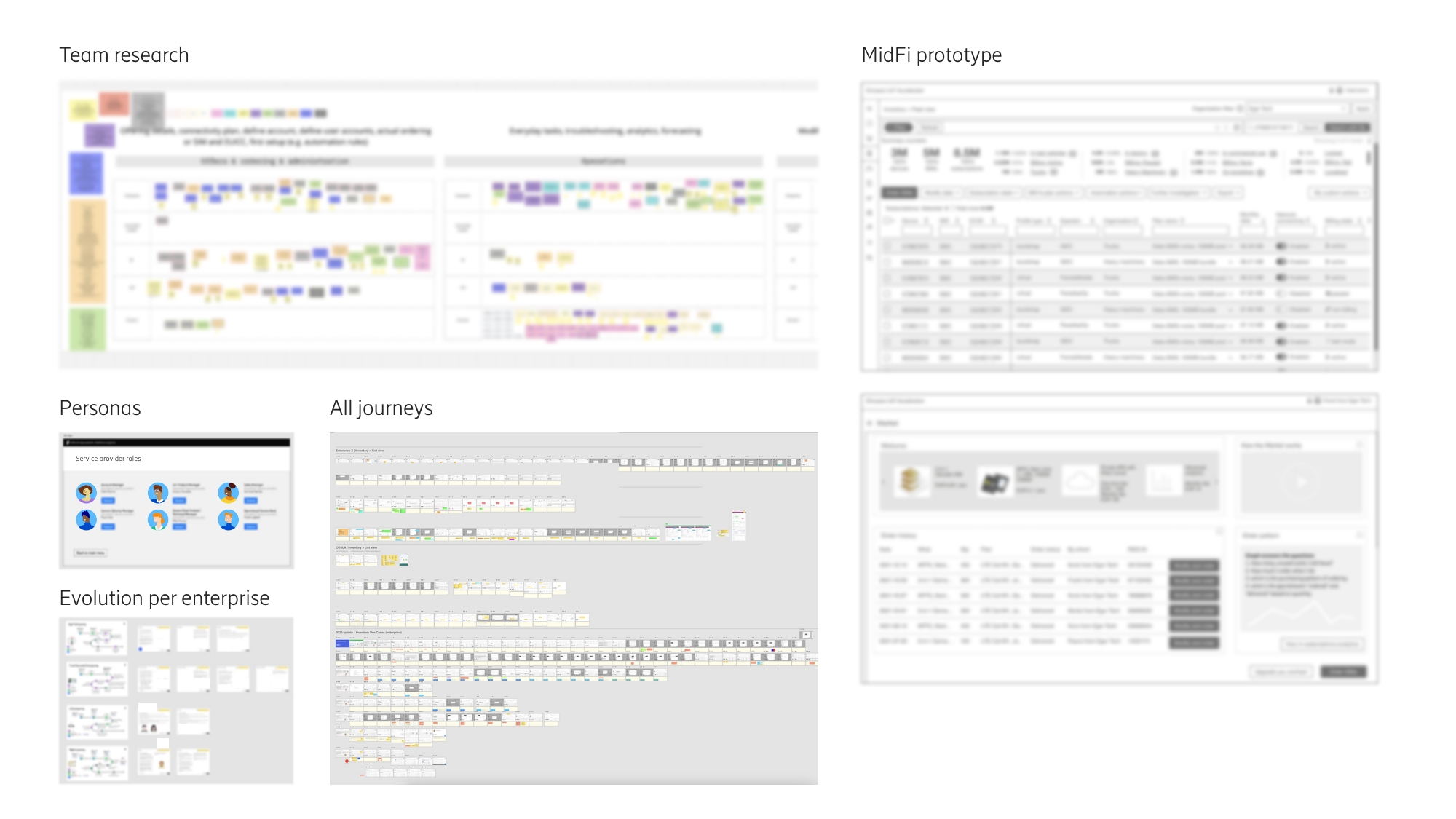
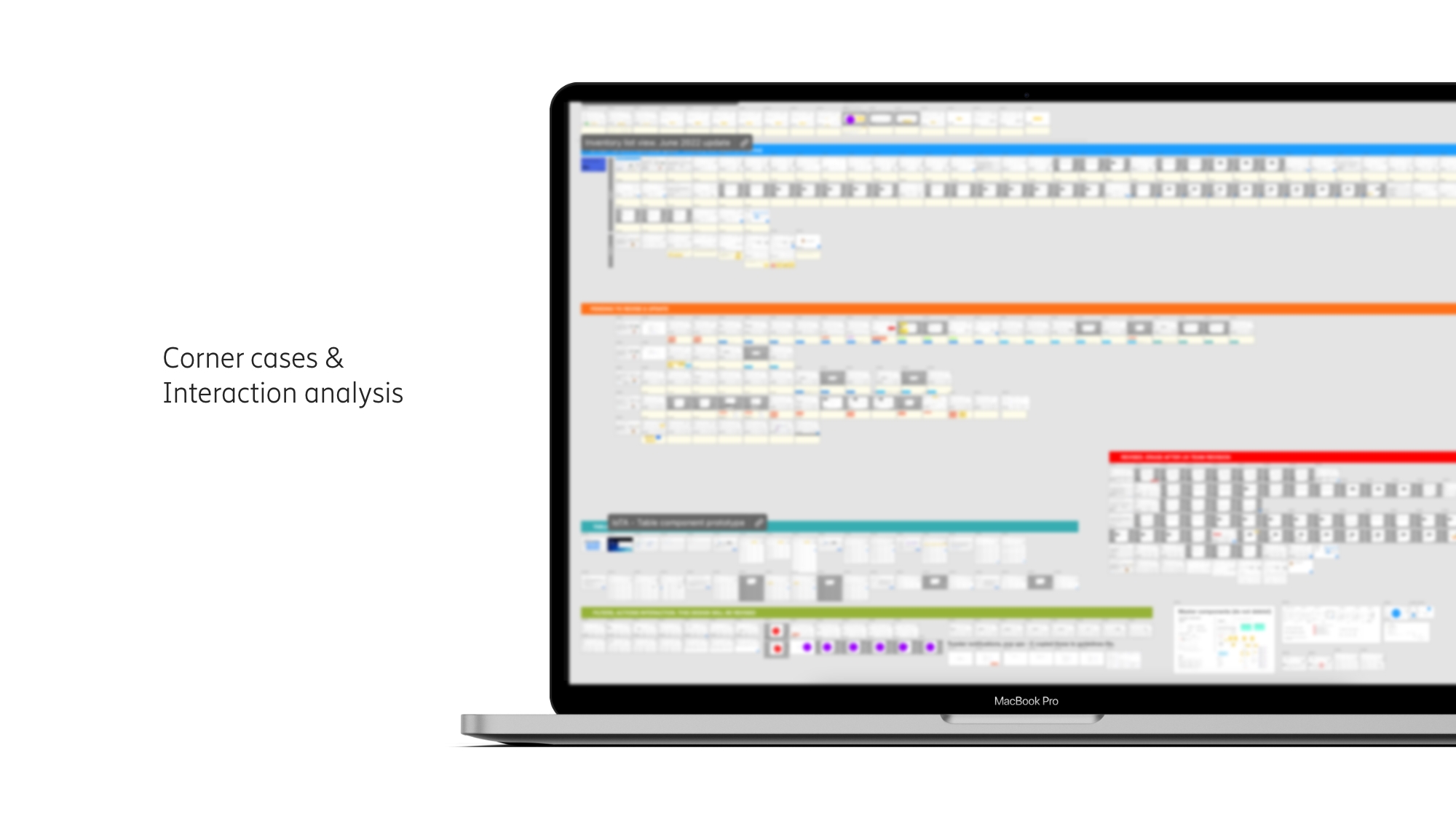
We are not the users
This is the most common error around big enterprises. We are professionals and masters in the job we do, but still, we are not the final user of the product we are creating. Due to this, we need to leave aside our own assumptions, test and verify as much as we can with users, bother them again, gain trust in order to make them feel comfortable enough to be really honest with us. And above all, let them say all possible constructive critiques and improvements.
And here is where it comes the best value asset for UX design, the sooner you invest in UX, the less money and months of extra time you will have to invest in fixing a broken digital service that your customers are not convinced to use.
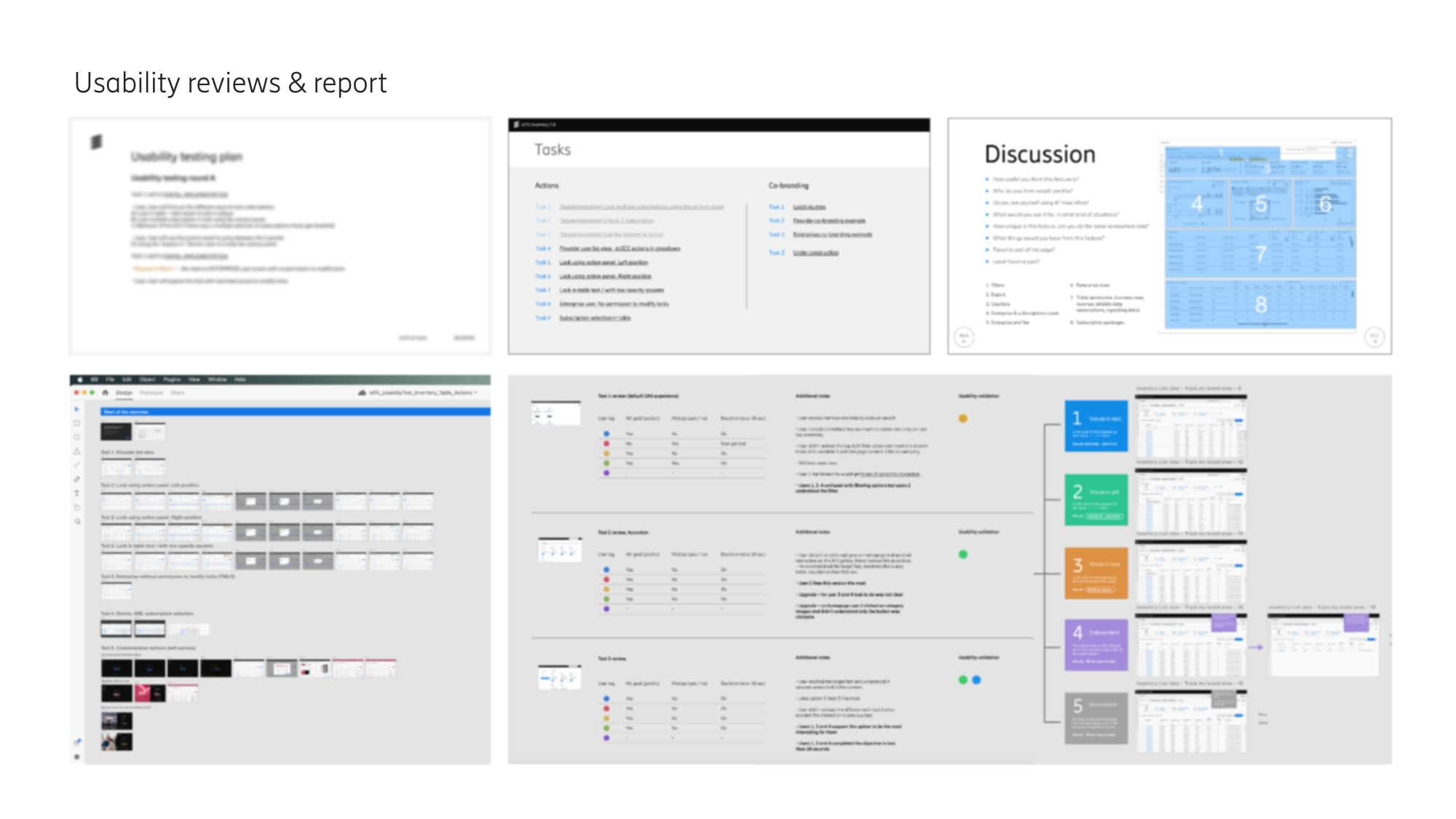
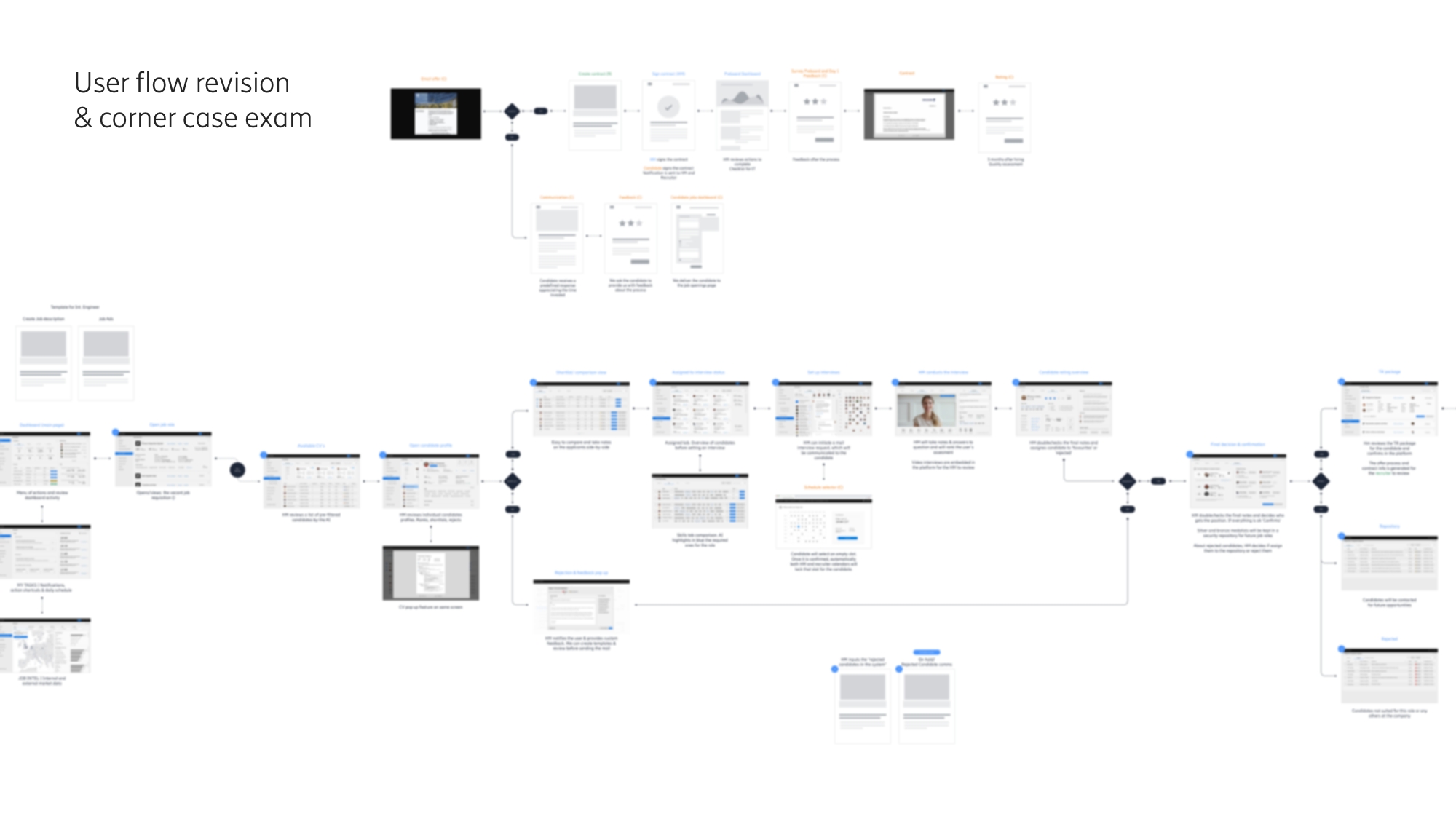
Guidelines
There is always room for improvement right? But at some point we have to work in guidelines. This is an important exercise cause THERE is where you find that hidden corner case that no one in the team spotted before and, if users confirm the scenario, it will make you do one more iteration.
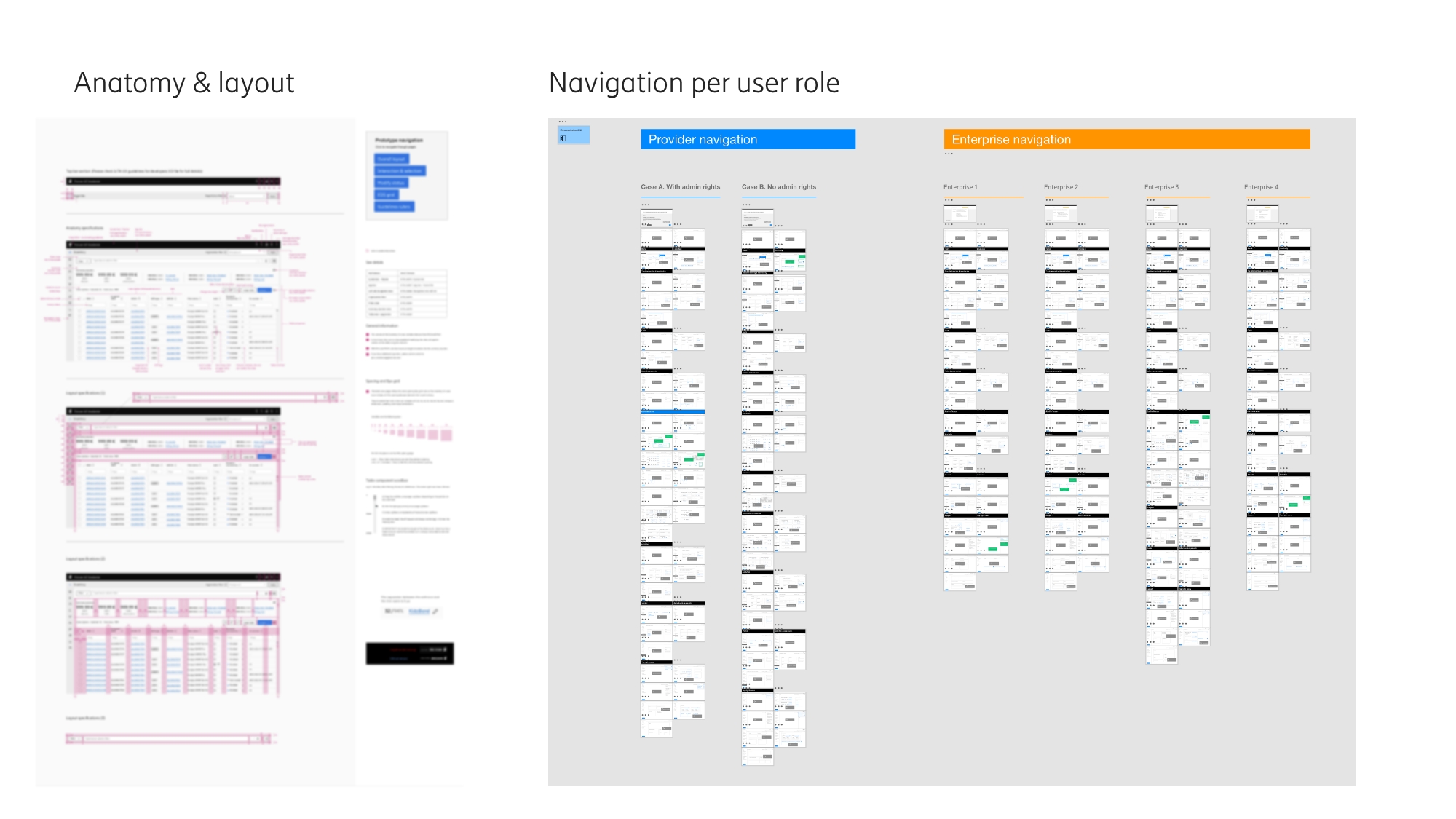
It can get crazy sometimes
It is what it is. We need to accept that this is a complex industry. More than once, you are going to find yourself in the scenario that no more screens fit in that huge UX journey analysis. Yes, that one that the client doesn’t want to separate in multiple pages or files. Then your team agrees that maybe is better, due to software bugs or project flexibility, to migrate from Adobe XD to Figma. Correct, that happened to us too ;). But this is fine! is part of the job.
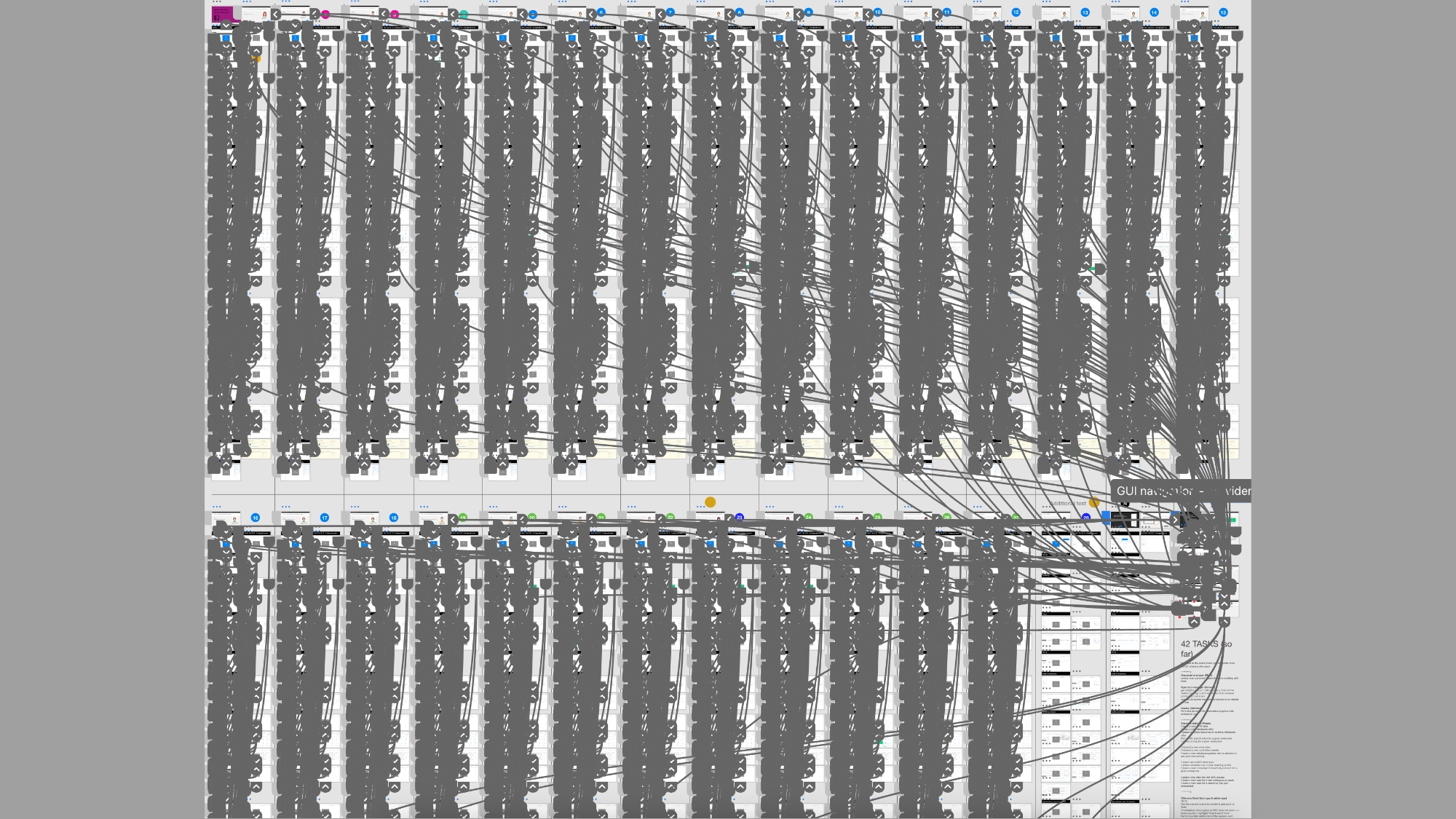
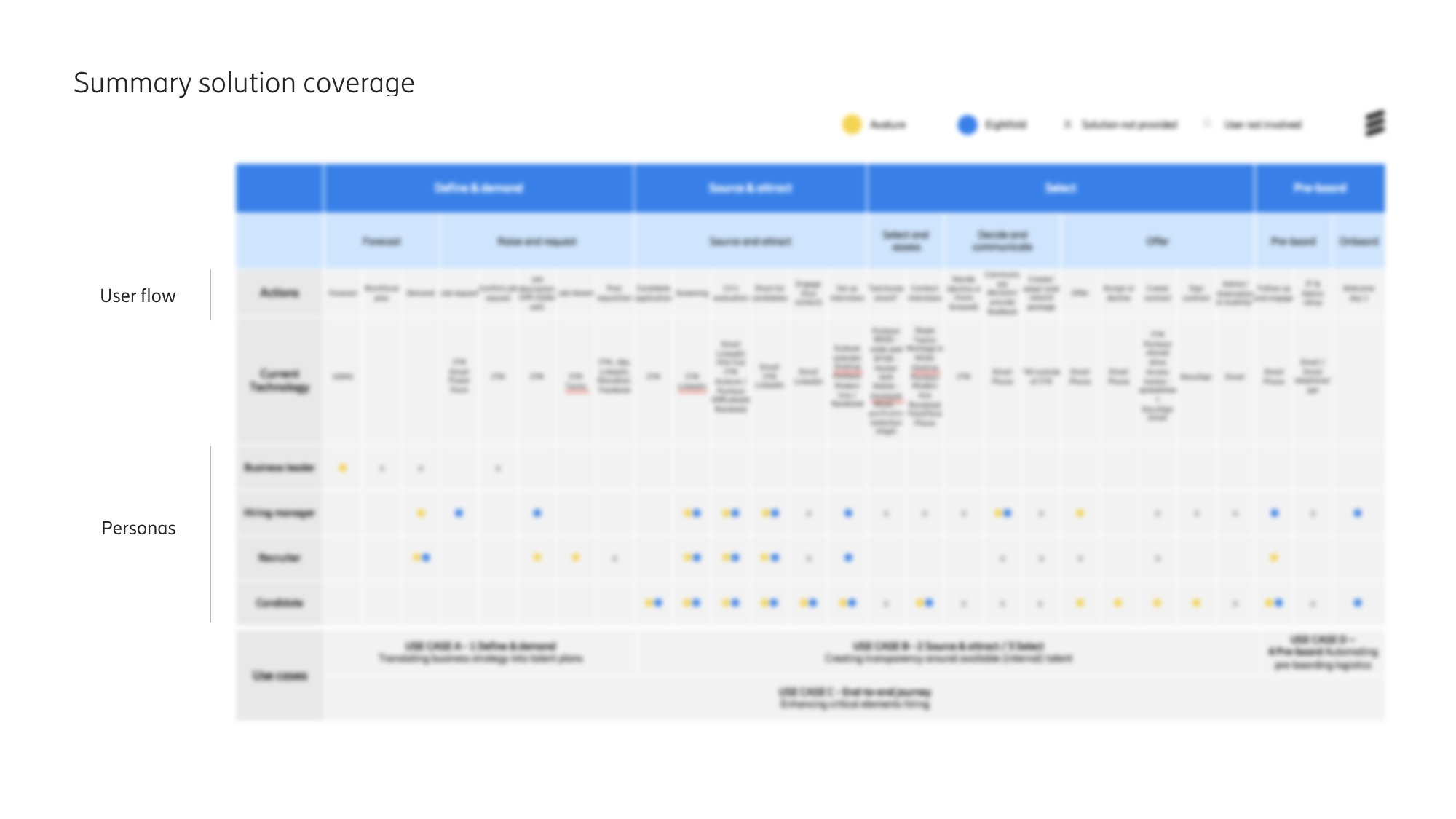
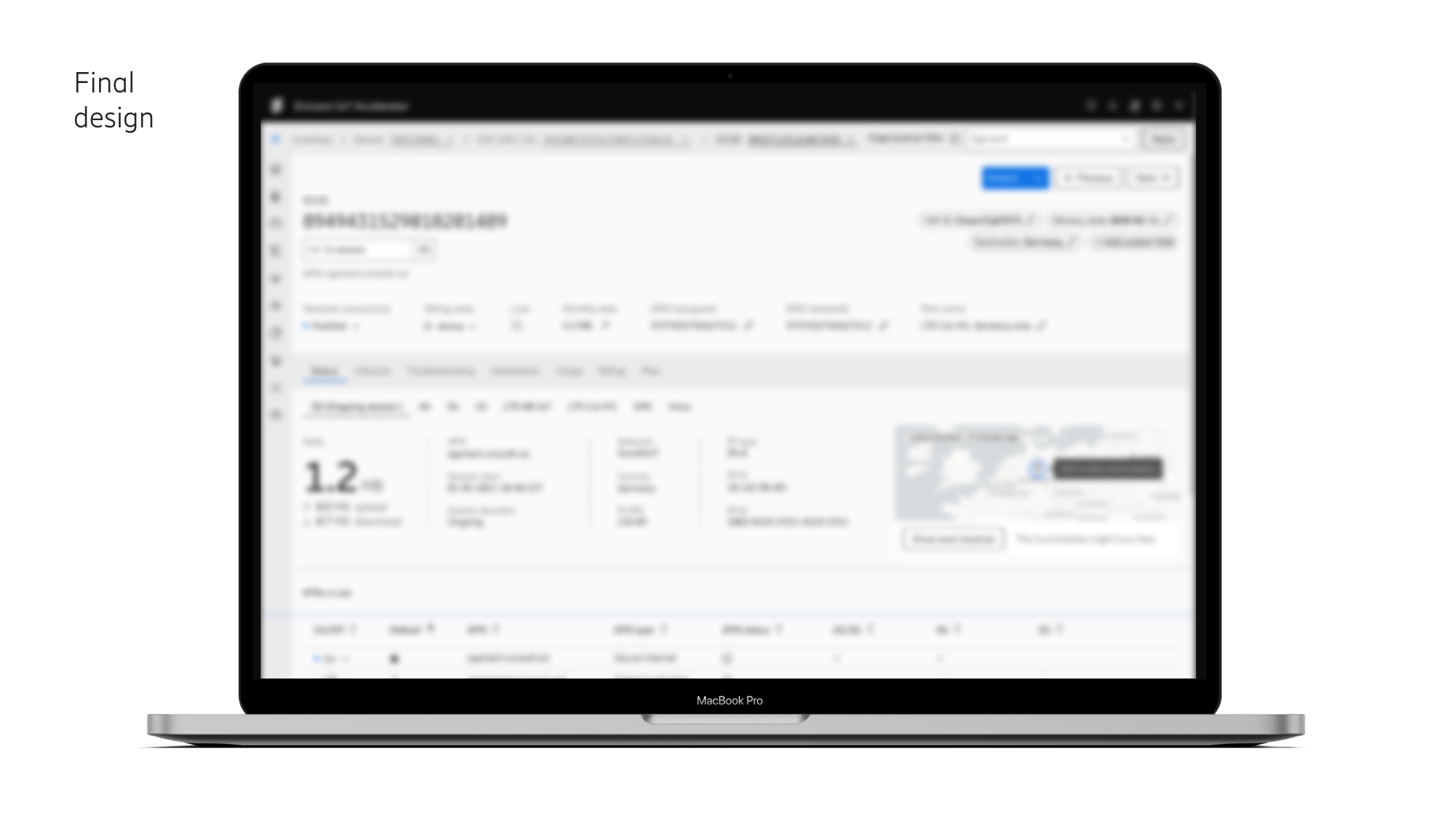
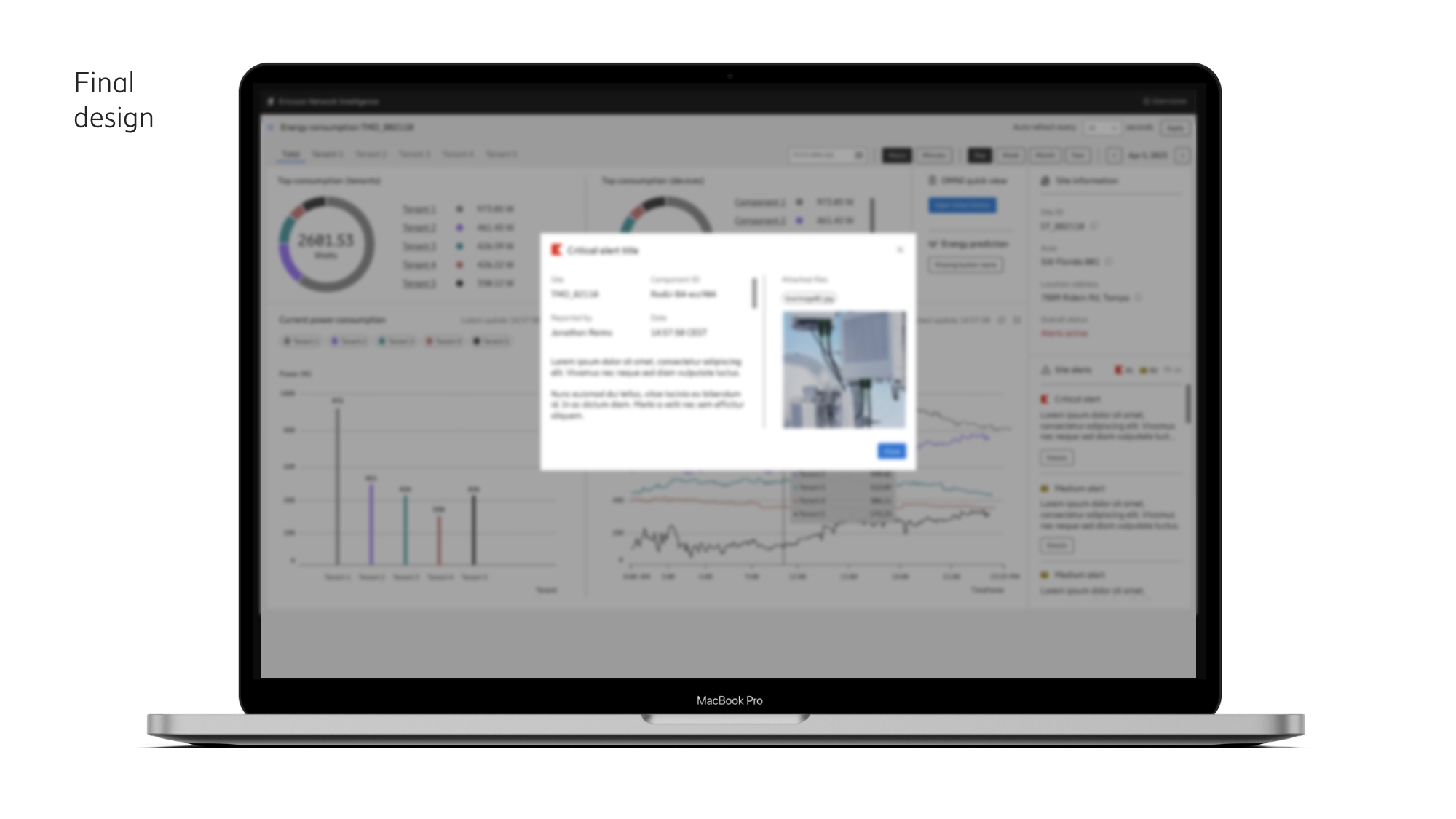
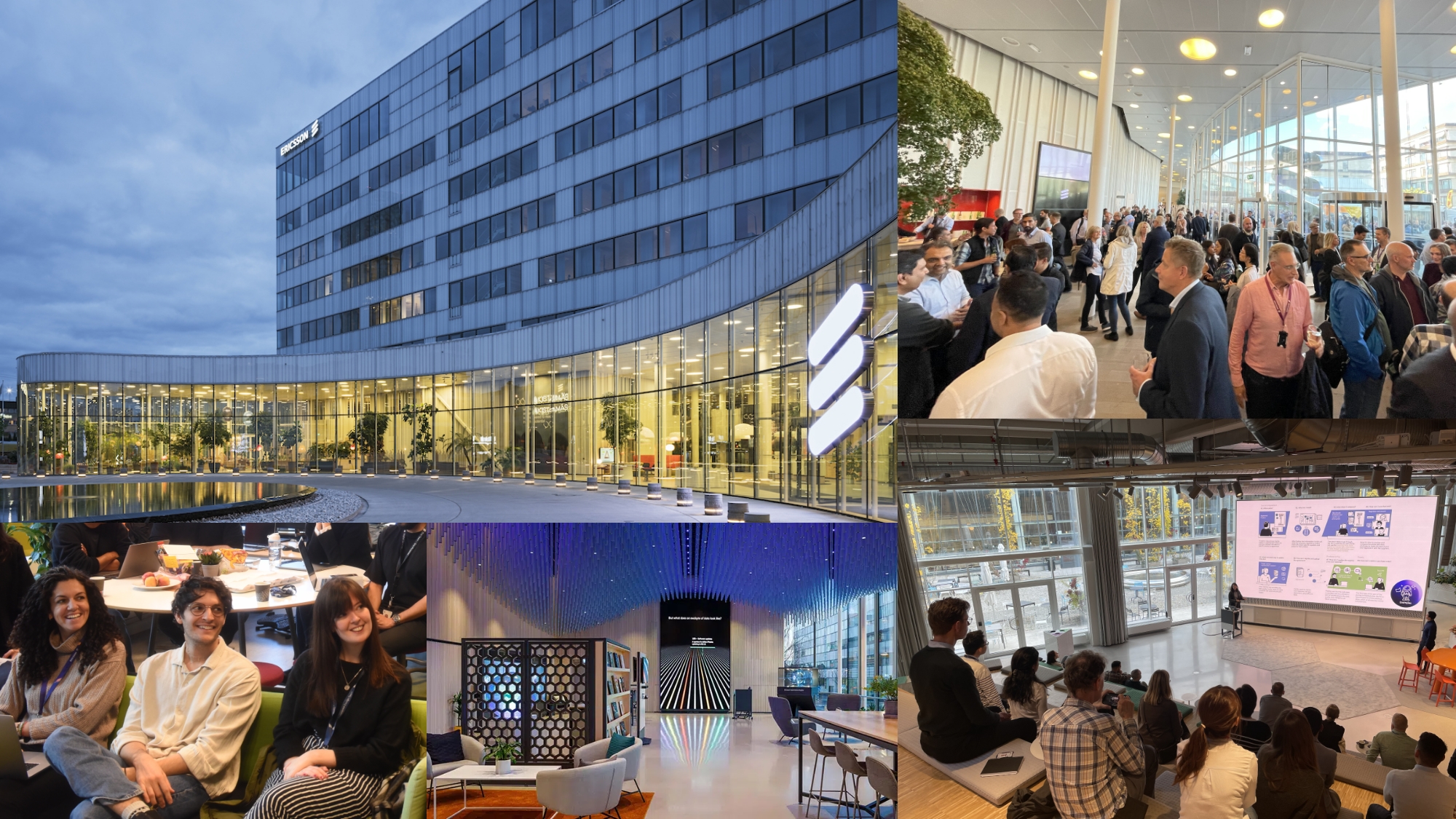
Additional support
What needs to be done? this is a really common situation in life, not only at work. But returning to a job scenario, sometimes the team doesn’t have budget or time resources to create a storyboard or explainer video, illustrate some scenes, record a live event, adjust a problem with the microphones on site, edit a voice over, or create a pitch presentation that we urgently need.
Due to this and my previous time in other industries (advertising, startups and music industry), I am able to create and support with all the tasks mentioned above.
To finalize the presentation, below you will find a last range of images that showcase some work that has been done in these situations.
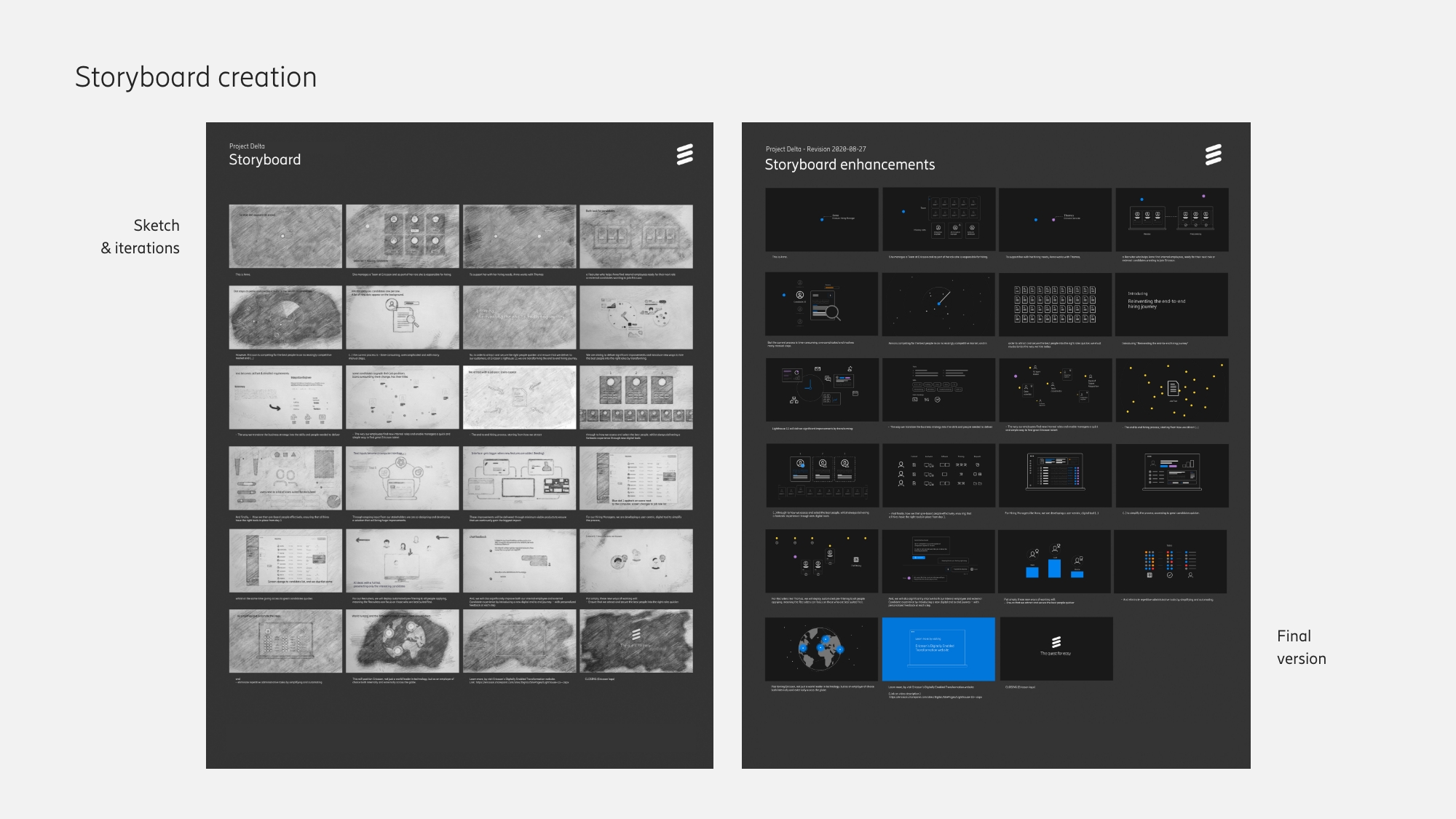
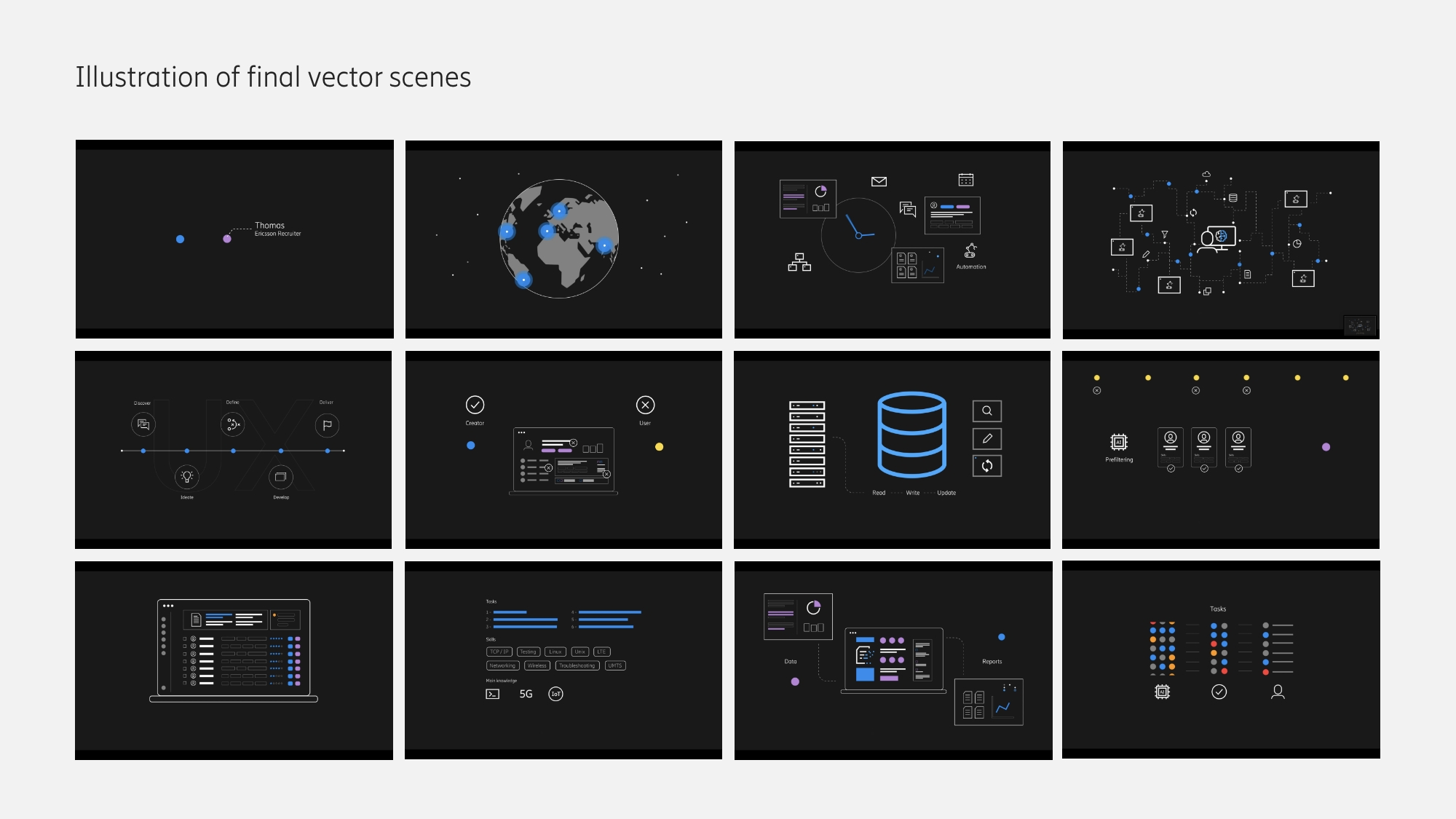
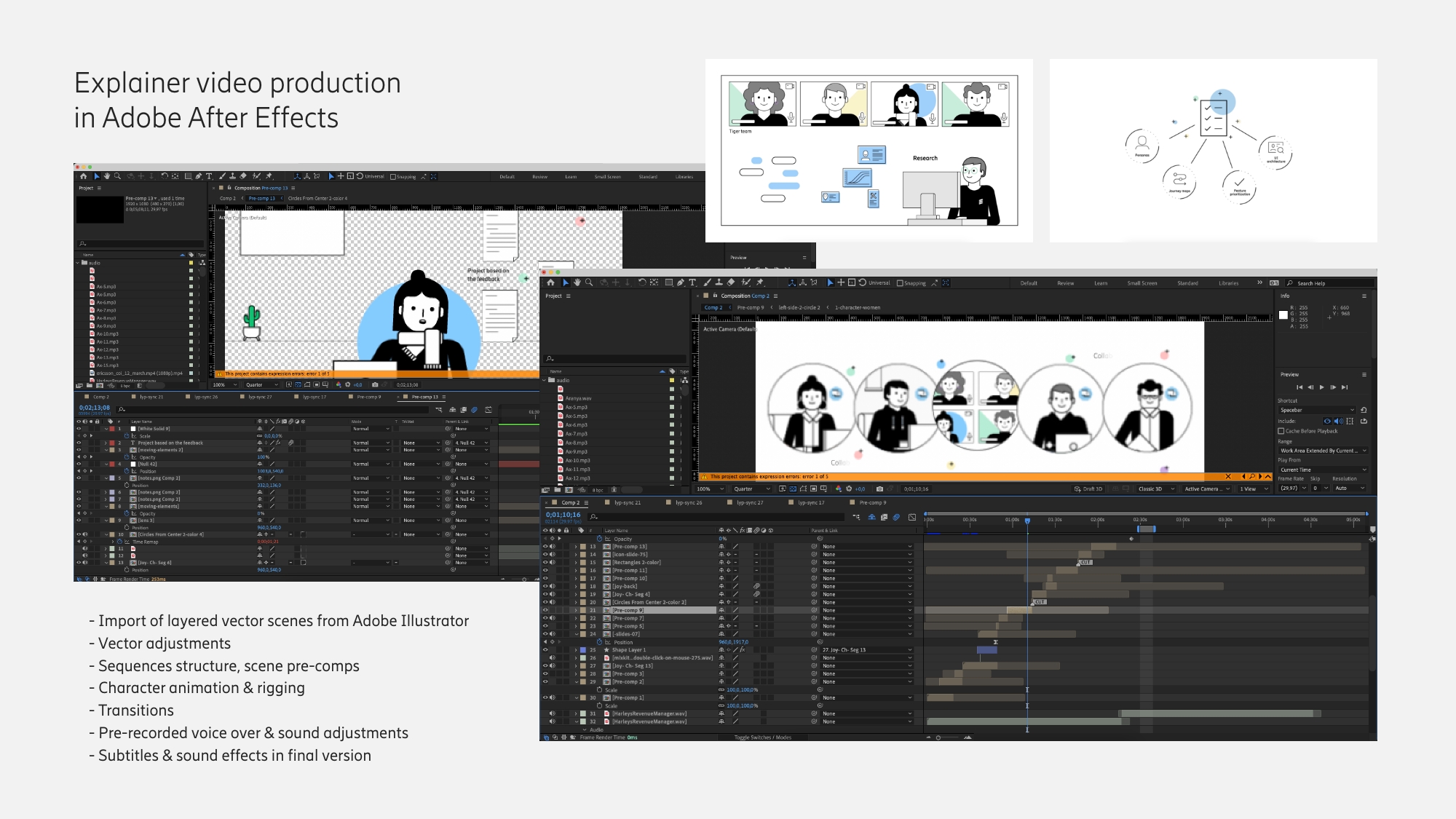
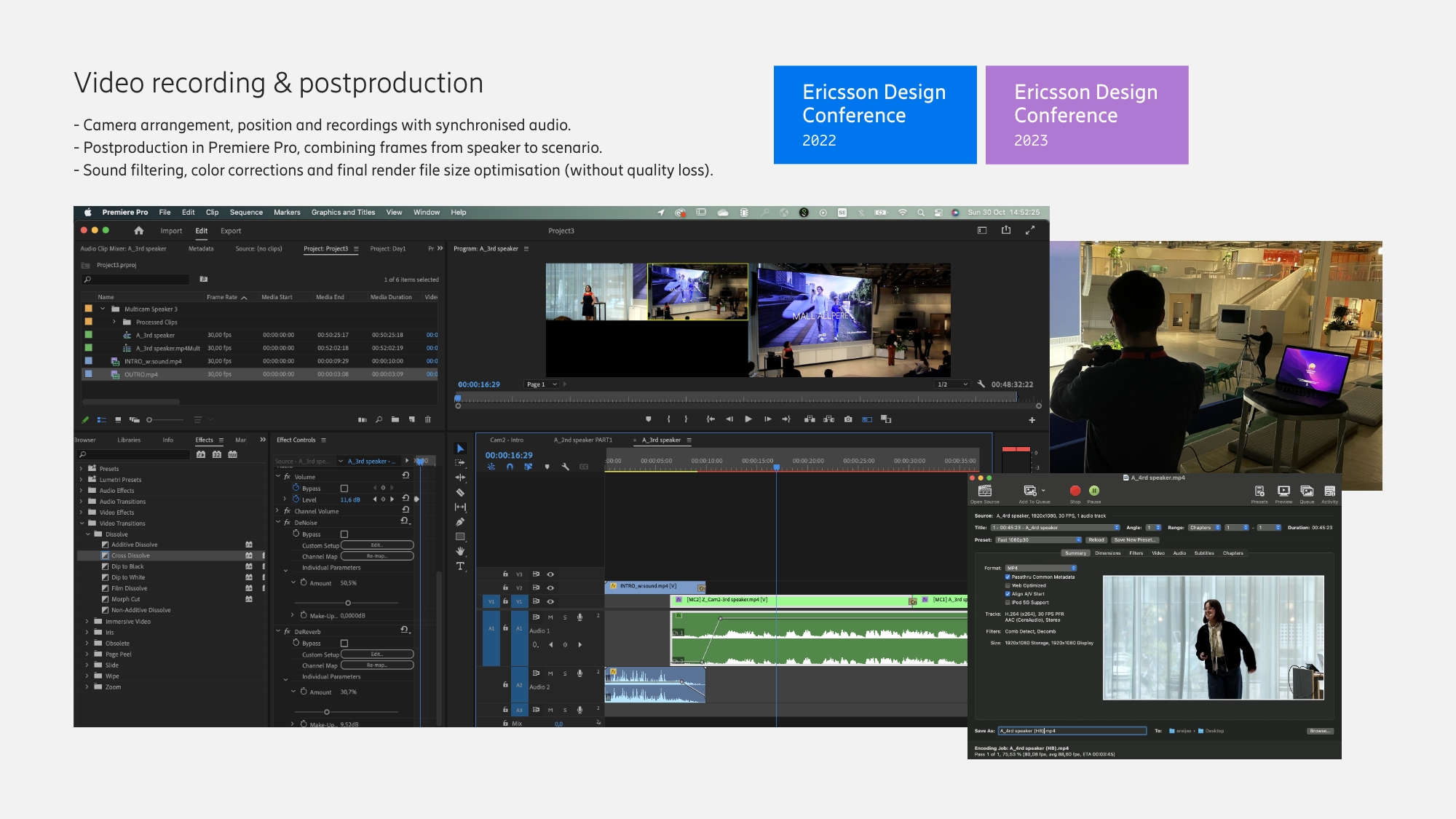
Thanks for watching
The next project involves the healthcare industry and a system to improve hospital blood banks using data, AI and and optimized storage management.
Click on the bottom right to continue. Is a really nice project too.
